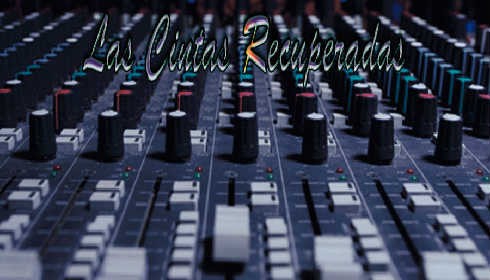 1.Boat Song (9:52)
1.Boat Song (9:52)2.M (6:17)
3.What Are The Rules? (7:28)
4.Flashback (6:13)
5.To Be (5:14)
6.Veils (5:42)
7.Pebbles (4:42).
George Mraz - Bass
Peter Donald - Drums
John Abercrombie - Guitar, Main Performer
Richie Beirach - Piano.
If only all of this set were as brilliantly melodic and driving as its best three tracks. As is it is, this is a mixed bag of tuneful, high-energy post-bop and more introspective music. Abercrombie is on form, with all of his techniques applied with artistry and imagination. In the course of a single tune or even a single chorus he will weave together moaning swoops of sound, delicate volume swells, and Pat Martino-like, rapid fire, single note runs. He plays a fair bit of acoustic guitar on the date, but the main attraction is his unique command of the electric instrument. In pianist Richard Beirach, bassist George Mraz, and drummer Peter Donald, Abercrombie has a trio of master players for partners. Performing almost as a straight-ahead acoustic unit, they contrast effectively with the leader's sometimes otherworldly sounds. Beirach and Mraz also share the writing credits with Abercrombie. The opening track, the artist's "Boat Song," begins with the guitarist's combination of ethereal bell tones and gong-like hammering on before shifting into a strong, swinging quartet performance. The title track follows in a similar upbeat vein -- great melody, good group energy, and fine solos all round. Beirach's "Flashback" also kicks into gear after a clunky start. The balance of the tracks, though, are moodier, inward looking, and cerebral, making them almost jarringly at odds with the hot pace set on the LP's opening tracks. ~ Jim Todd, All Music Guide.


























